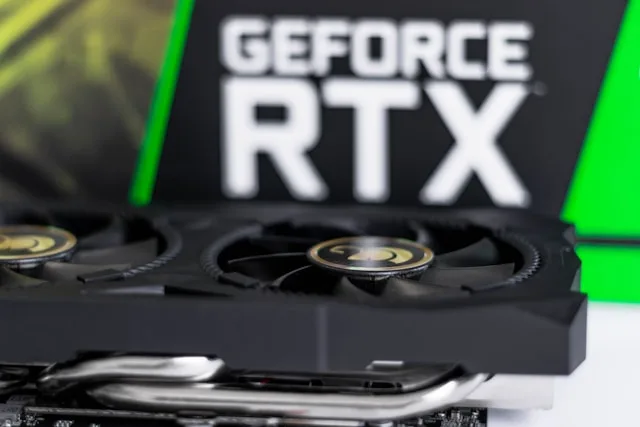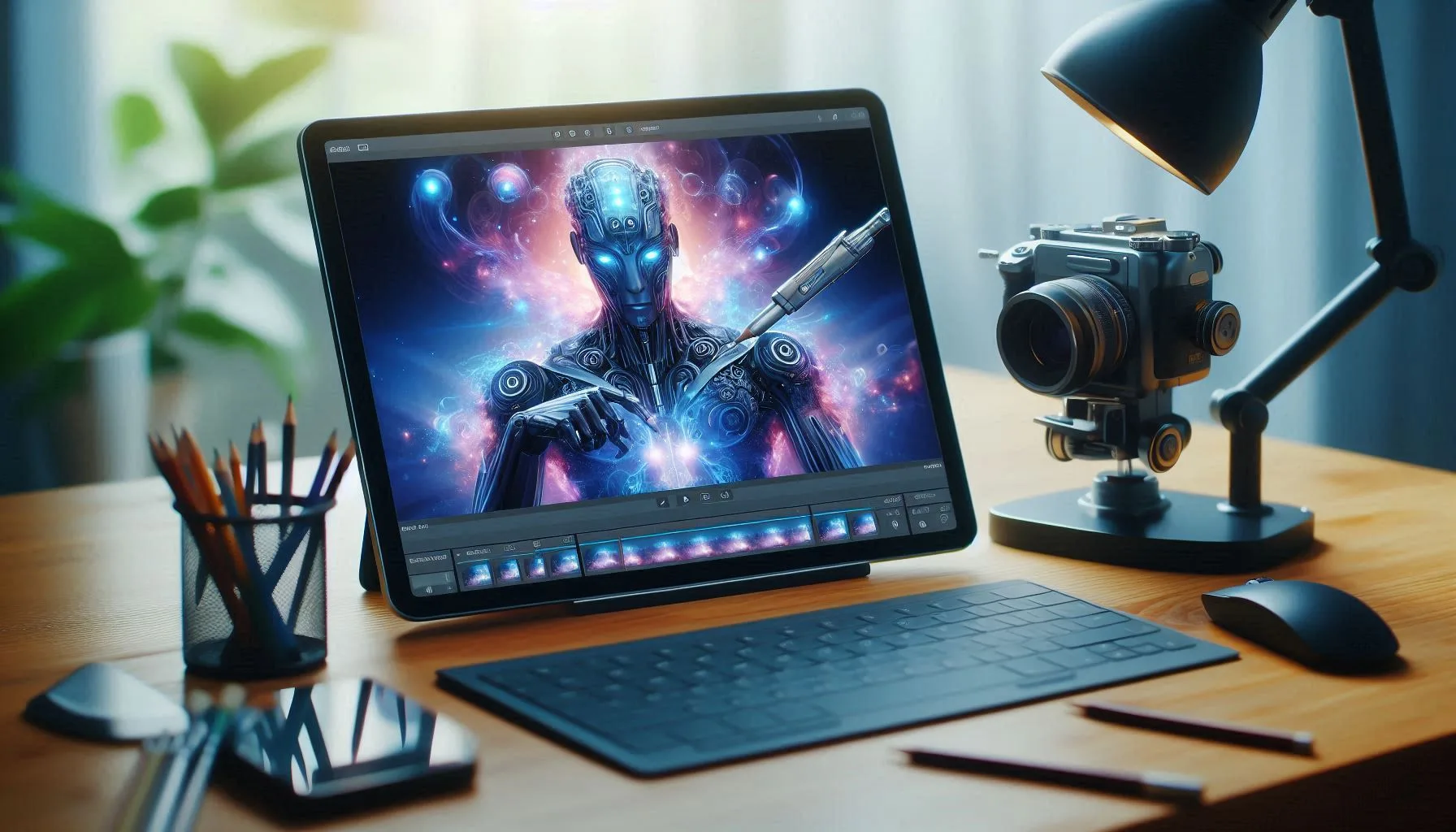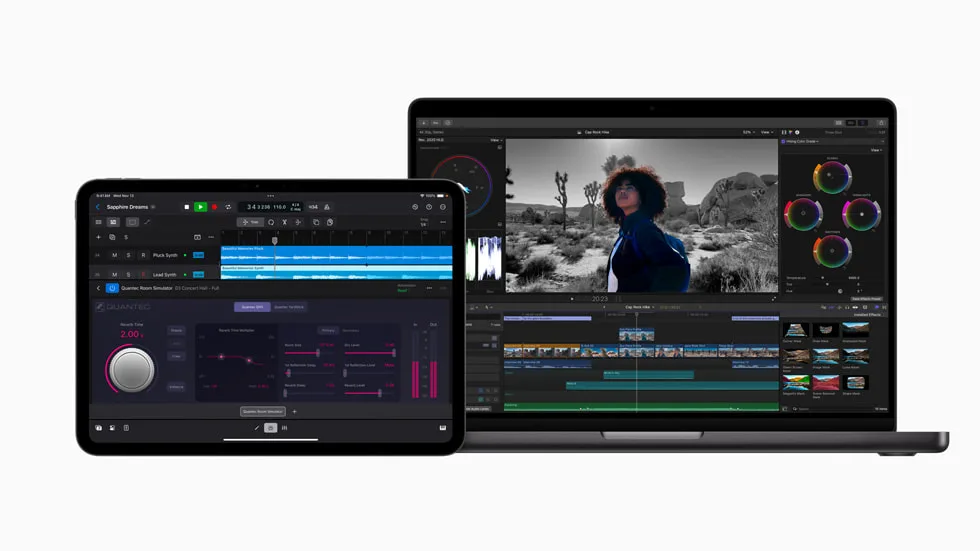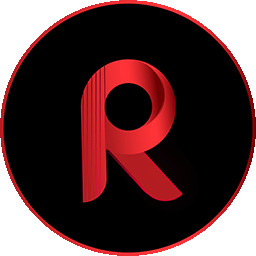How to Monetize Your YouTube Channel: A Step-by-Step Guide
Monetizing your YouTube channel is a dream for many creators. Whether you’re looking to make a side income or turn your passion into a full-time career, YouTube offers multiple ways to earn money. But before you can start seeing that revenue flow in, you need to meet specific criteria and set up your channel for monetization.
In this post, I’ll walk you through everything you need to know about monetizing your YouTube channel, from meeting the eligibility requirements to exploring the various income streams available.
1. Meet the YouTube Partner Program (YPP) Requirements
The first step to monetizing your channel is joining the YouTube Partner Program (YPP). However, YouTube sets some strict requirements that you need to fulfill before applying. These are the key eligibility criteria:
- 4,000 Watch Hours: You must have accumulated 4,000 watch hours over the past 12 months. This includes all your videos and live streams but excludes private and unlisted videos.
- 1,000 Subscribers: Your channel must have at least 1,000 subscribers.
- AdSense Account: You need to have a Google AdSense account to receive payments once you’re approved.
- Follow Community Guidelines: Your content must adhere to YouTube’s community guidelines, and your channel needs to be in good standing with no active strikes.
- Two-Step Verification: Enable two-step verification on your Google account for added security.
Once you meet these requirements, you can apply for the YouTube Partner Program by going to your YouTube Studio > Monetization tab. Once your application is reviewed and approved, you can start monetizing your videos.
2. Enable Ads on Your Videos
The most common way creators monetize their content is through YouTube ads. Once you’re approved for the YouTube Partner Program, you’ll need to enable ads for each video individually or set your preferences globally for all uploads. There are different types of ads that can appear on your videos, such as:
- Display ads: Appear next to the video on desktop.
- Overlay ads: Semi-transparent ads that show up on the lower part of your video.
- Skippable video ads: Viewers can skip these ads after 5 seconds.
- Non-skippable video ads: Viewers must watch these ads in full (up to 15-20 seconds).
- Bumper ads: Non-skippable ads that are up to 6 seconds long.
- Sponsored cards: Cards that display relevant products during your video.
How to Maximize Ad Revenue:
- Longer videos: Videos that are at least 8 minutes long can include mid-roll ads, which increases your potential earnings.
- Focus on audience retention: Keeping viewers engaged throughout your video increases the likelihood they’ll see ads.
- Niche topics: Certain niches attract higher-paying advertisers, leading to higher CPM (Cost Per Thousand Impressions).
3. Explore YouTube Premium Revenue
YouTube Premium is a subscription service that allows viewers to watch ad-free content. Even though Premium members don’t see ads, creators still earn a portion of the revenue. YouTube divides a percentage of YouTube Premium subscription fees among creators based on how much time Premium members spend watching their content.
This is a great way to continue earning even from viewers who prefer to avoid ads. If you create content that’s binge-worthy or that engages a loyal audience, YouTube Premium revenue can become a consistent part of your income.
4. Channel Memberships
If you have a strong, engaged community, you can activate Channel Memberships once you meet YouTube’s eligibility requirements. With memberships, viewers can pay a monthly fee (typically starting at $4.99) to get access to exclusive perks like:
- Custom badges and emojis.
- Exclusive members-only videos or live streams.
- Behind-the-scenes content or shoutouts.
Channel memberships are ideal for creators who want to build a closer relationship with their audience while offering extra value. The more unique and engaging your perks, the more members you’re likely to attract.
5. Super Chat and Super Stickers
For creators who regularly host live streams, Super Chat and Super Stickers can be a great source of revenue. These features allow viewers to pay to highlight their messages or stickers during your live stream.
- Super Chat: Viewers can purchase a message that is pinned at the top of the chat for a certain duration.
- Super Stickers: Animated stickers that viewers can buy to stand out in the chat.
Super Chat is especially effective if you have a highly interactive audience that enjoys engaging with you during streams. The more entertaining and responsive your live streams are, the more likely viewers are to purchase these features.
6. Merchandise Shelf
YouTube allows eligible creators to sell their own branded merchandise directly from their channel via the Merchandise Shelf. This feature integrates with platforms like Teespring or Spreadshop, so you can sell T-shirts, mugs, and other custom products directly under your videos.
To be eligible for the Merch Shelf, your channel needs at least 10,000 subscribers. This is a great way to create an additional revenue stream, especially if your brand or personality resonates with your audience.
7. Affiliate Marketing
Another popular method for YouTube monetization is affiliate marketing. By promoting products or services in your videos and including affiliate links in the description, you can earn a commission when viewers make a purchase using your unique link.
Tips for successful affiliate marketing:
- Relevance: Promote products that are relevant to your niche and audience.
- Authenticity: Only recommend products you truly believe in, as this builds trust with your audience.
- Disclose: Always disclose your affiliate relationships in accordance with YouTube’s policies and FTC guidelines.
8. Sponsored Content
As your channel grows, you might start attracting interest from brands who want to partner with you for sponsored content. This involves collaborating with companies to create content that promotes their products or services in exchange for payment.
Brands are more likely to approach you if you have an engaged audience in a specific niche. You can also reach out to brands you believe align with your channel to pitch collaboration ideas.
When working with brands:
- Be transparent: Always disclose when a video is sponsored, according to YouTube’s policies.
- Stay authentic: Only work with brands whose products you genuinely support to maintain trust with your audience.
9. Crowdfunding with Patreon or Other Platforms
If your audience is highly supportive, you can leverage crowdfunding platforms like Patreon. Patreon allows fans to become “patrons” of your work by pledging a monthly amount in exchange for exclusive content or benefits.
Crowdfunding works well for creators who consistently produce content and want to offer extra rewards to loyal fans, such as early access to videos, behind-the-scenes content, or personalized shoutouts.
Conclusion
Monetizing your YouTube channel involves more than just turning on ads—it’s about understanding your audience, diversifying income streams, and providing value through your content. Start by meeting the YouTube Partner Program requirements, and then explore additional revenue options such as channel memberships, affiliate marketing, and brand sponsorships.
Remember, monetization is a long-term game. Consistency, quality content, and genuine engagement with your audience will ultimately lead to more opportunities to earn from your channel. So keep creating, experimenting, and building your brand—and soon enough, you’ll be on the path to making money on YouTube.
Check our previous posts
Red Music Online – One Stop Music Shop The Future of Graphics: Nvidia GeForce RTX 50-Series GPUs and the Blackwell Revolution The …
Red Music Online – One Stop Music Shop DeepSeek: The AI Revolution Challenging ChatGPT Artificial Intelligence has seen rapid advancements in recent …
Red Music Online – One Stop Music Shop AI-Enhanced Content Creation Platforms: Revolutionizing Creativity and Productivity In the fast-paced world of digital …
Red Music Online – One Stop Music Shop Advanced Audio Processing Gadgets: Must-Have Gear for Music Creators and Podcasters In the world …
Red Music Online – One Stop Music Shop AI-Powered Video Editing Tools: The Future of Content Creation The rise of AI-driven video …
Red Music Online – One Stop Music Shop Final Cut Pro 11: Revolutionizing Video Editing with AI Apple has once again raised …







